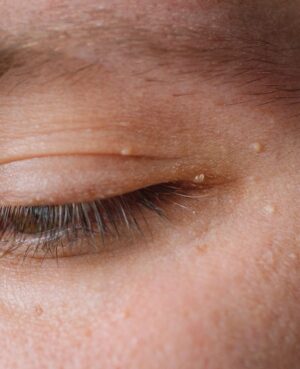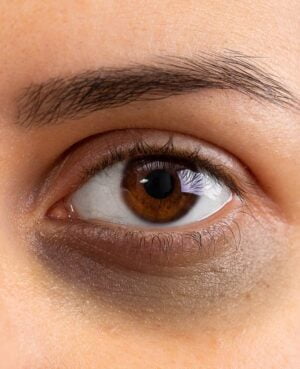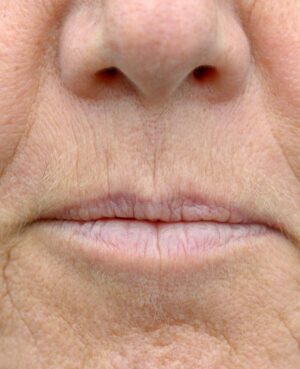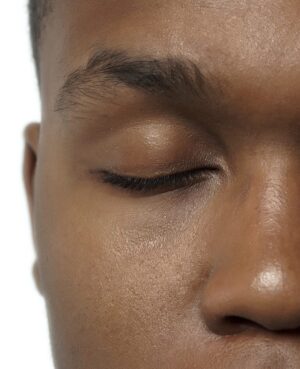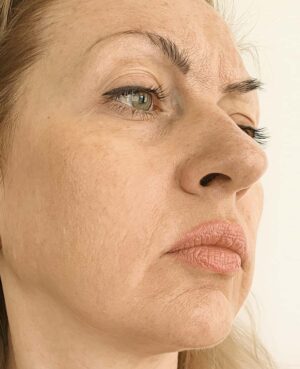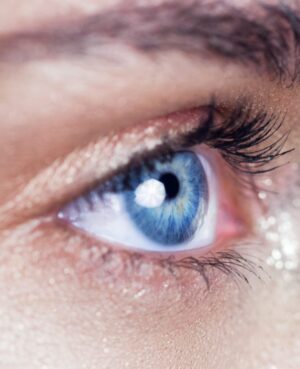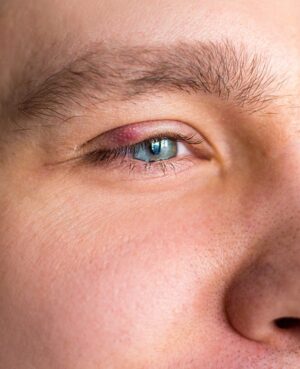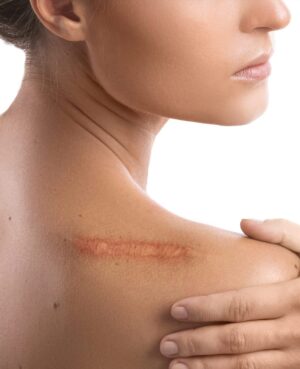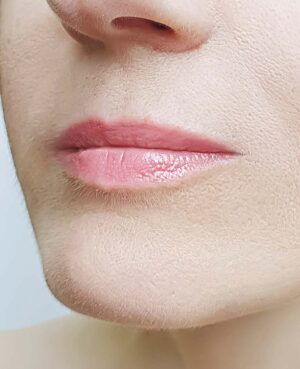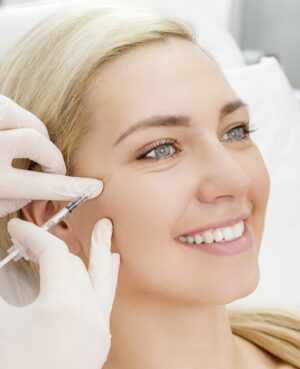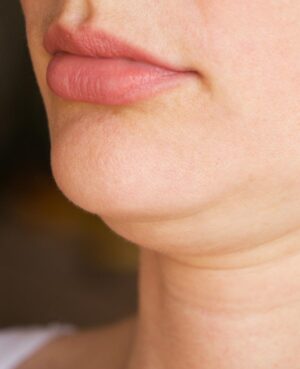Twitching & Blepharospasm (Twitchy Eyelids)
Blepharospasm is a disorder that causes excessive blinking or spasmodic shutting of the eyelids. It can range from a moderate, unpleasant symptom of eyelid twitching or fluttering to severe spasms of ocular closure that interfere with effective vision.
Secondary blepharospasm is a usual response to several common eye disorders and can be caused by various nervous system problems. This article focuses on primary blepharospasm, also known as benign essential blepharospasm (BEB).
ABOUT THIS CONDITION
INFORMATION ABOUT YOUR SYMPTOMS
At FaceRestoration, we understand the annoyance of blepharospasm. We offer a wide range of treatments for eyelid twitching, from prescription eye care to surgery. Our award-winning ophthalmic and oculoplastic surgeons will safely take care of everything from consultation and diagnosis to treatment and post-op care.
Spasms are more common under strong light when reading or watching television. Although symptoms normally begin on one side, both sides are usually affected. Nocturnal symptoms are rare. If there is accompanying eye discomfort, this indicates that the blepharospasm is a result of another eye problem.
Driving, weariness, and stress, as well as wind, pollution, and air irritants such as smoke, can all cause spasms.
Visual attention on a book or screen might make things worse for some people while improving them for others.
What is Blepharospasm?
Blowing, fluttering, or spasms of the eyelids are referred to as blepharospasms. This is caused by spasms in the orbicularis oculi muscle, which normally makes you blink. Most people blink between 10 and 20 times per minute, a little less, when concentrating on reading or looking at a computer screen. Any abnormal blinking or eyelid twitching can be called blepharospasm, including blinking caused by eye irritation and injury, medications and Tourette’s syndrome.
Symptoms of blepharospasm are defined as focal dystonia. The term ‘dystonia’ refers to abnormal, unintentional, sustained muscle contractions. Blepharospasm is focal, meaning it only affects one part of the body – the muscles around the eyes are affected. The severity of blepharospasm varies from an increase in twitching and blinking frequency with occasional spasms to a disabling and painful condition that causes difficulty seeing. Spasms in the orbicularis oculi muscle can last from a few seconds to several minutes.
Is blepharospasm an eye tic?
Although it seems to be a tic, blepharospasm is a twitching, not a tic. A tic is an involuntary movement of a muscle or set of muscles that, while it happens accidentally, may occasionally be purposefully controlled with attention on the part of the affected individual. A twitch, like a blepharospasm, is an uncontrollable movement.
What is causing my eyelid to twitch?
Primary blepharospasm, also known as benign essential blepharospasm (BEB), refers to eyelid twitching, fluttering, or blinking that has no known underlying cause. Blepharospasm is considered to be caused by faulty basal ganglia activity, a pair of ‘junction boxes’ in the brain that help coordinate our movements.
The term secondary blepharospasm refers to this condition occurring as a result of another eye or nervous system condition. There are several causes of secondary blepharospasm in addition to the eyelid spasm, such as:
- Trauma/injury to the eye.
- Blepharitis.
- Conjunctivitis, iritis, keratitis.
- Dry eyes.
- Other chronic lid diseases or ocular surface diseases.
Related conditions
Similar conditions clients also view
-

Lumps, Bumps & Skin Tags
-

Dark under eye circles & Tear trough
-

Male Aesthetics
-

Smoker’s lines & Nose to Mouth lines
-

Cosmetic Eyelid Surgery
-

Sagging Skin & Signs of Ageing & Crepey skin
-

Toxin Related Complications
-

Chalazion & Stye
-

Scars, Keloid Scarring & Scar Management
-

Thin Lips
-

Filler Related Complications & Vascular Occlusion & Vision Loss
-

Jawline & Jowls & Double Chin


How we can help
Contact us for a consultation

Booking with us
Arrange a consultation with us using the button below at a time of your choosing. This may be held through video chat dependant on COVID guidelines at the time.

Your consultation
We will then discuss with you your symptoms and advise you on how best to proceed with helpful guidance on treatments through our expert knowledge and training.

Treatment after care
Once an appointment has been arranged, we will then begin treatment and support you along the process, including specialised aftercare.

